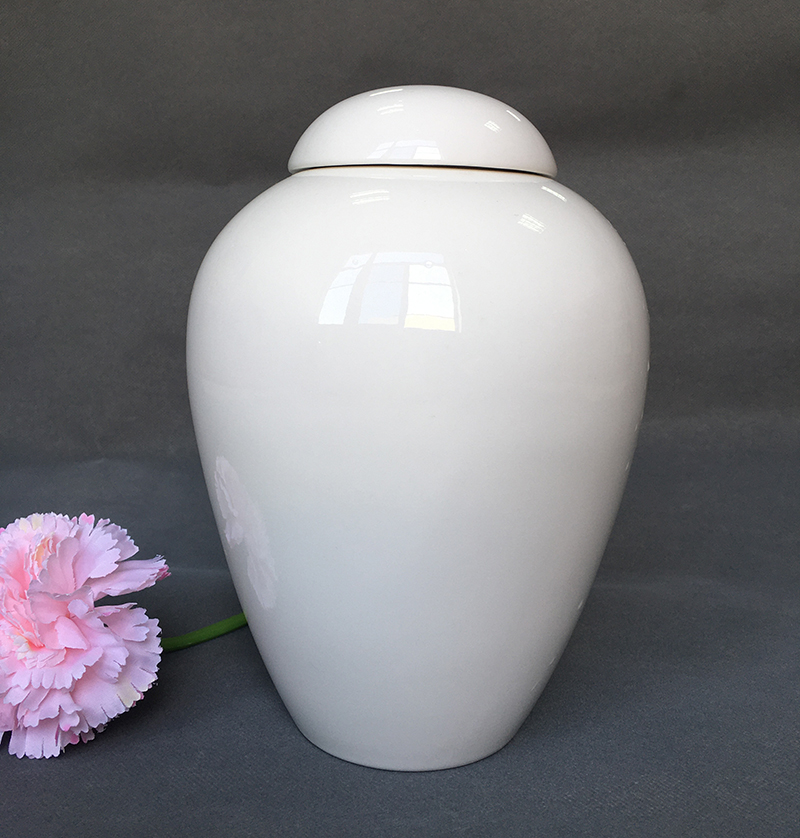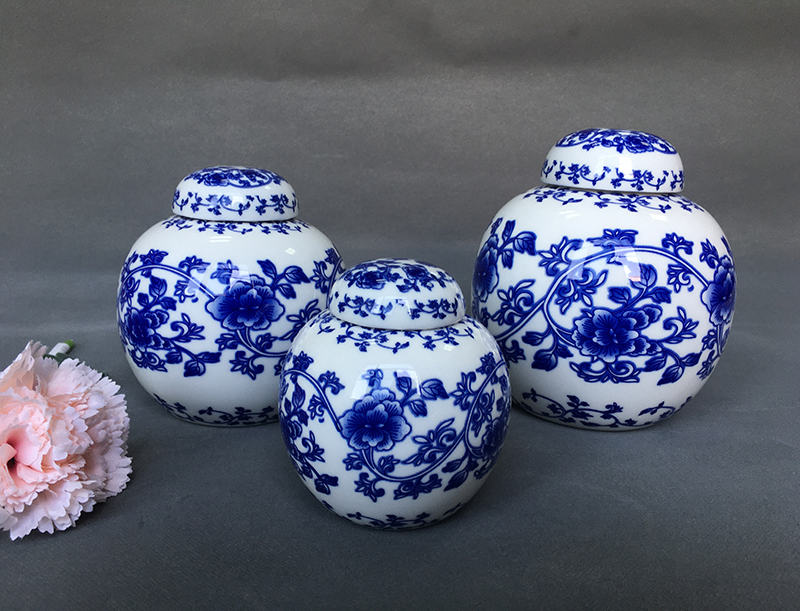Urnfield Culture
(Summary description)
Urnfield Culture
(Summary description)
- Categories:Company news
- Author:
- Origin:
- Time of issue:2021-04-25 13:43
- Views:20010
Late Bronze Age culture in Europe. It is named for its unique burial urn.Because a lot of urns are buried together to form cemeteries, it is also called urn cemetery culture.
Origin
It originated in the Danube River basin in Eastern Europe in the 13th century BC, spread to Central and Western Europe in the 12th to the 10th century, and then distributed to Northern Europe, and disappeared in the 8th century.Its remains have been discovered since the middle of the 19th century and officially named in the early 20th century.
There are two types of living sites of this culture: villages and castles. Typical villages are such as Buhau Site in Wurttemberg, Germany, which is built on the highland in the swamp and surrounded by wooden railings.The house is wooden structure and has a barn and other buildings. The largest house has 6 rooms and 4 stoves. It may be lived by the patriarch.Warehouses are fortified settlements, usually built on top of hills or ditches and surrounded by defensive walls or fences. These forts were the first of their kind in Europe and were the largest in area. Later, they tended to shrink in size.This shows that the fortifying fort of urn culture was used by all the residents, and it is speculated that the life of the patriarchal clan was still lived at that time.The burial of urn culture is usually a collective cemetery. The urn is buried underground and the surface is flat, but there are also tombs for high-status figures such as the patriarch. For example, the earth found in Ochkov, Czechoslovakia, is made of in-situ stones used for cremation.Buried the cremated ashes, embers and burnt and melted funeral bronze ware deep underground, on which soil and stones are divided into three layers to form a pile of 6 meters high and about 25 meters in diameter.Burned human bones, probably prisoners or slaves who were buried, were left along the edges.Such cremation tombs are the same as those used by Greeks during the period of military democracy as described in Homer's epic poem, indicating that the society was clearly divided at that time, and the upper class, such as the patriarch, had a lot of wealth and owned slaves.
The bronze technology of urn culture has reached a high level. In addition to forging armor and shield, it is known that bronze wares are cast by the method of losing wax.Typical implements include various copper swords, knives, spears, bracelets, pins, bowls, bowls, horse titles, etc.In addition to the urn, there are also deep POTS and cups.
Scan the QR code to read on your phone

Mainly engaged in urn (wooden urn, ceramic urn, paper urn, willow urn, resin urn, bamboo urn, niche).
Contact Us
Tel: +86-592-5789156
Fax: +86-592-5594722
Mobile phone: +86-13779962579
Contact:Ms. Zheng
E-Mail:lucia@zhonghengxin-cn.com
Add: 502-D1,RiHua International Building,No.16 XinFeng 3rd, Huli District, Xiamen, Fujian,China
Follow us

©2020 Xiamen ZhongHengXin Industrial Co., Ltd. All rights reserved. 闽ICP备20014700号 Powered by:www.300.cn







